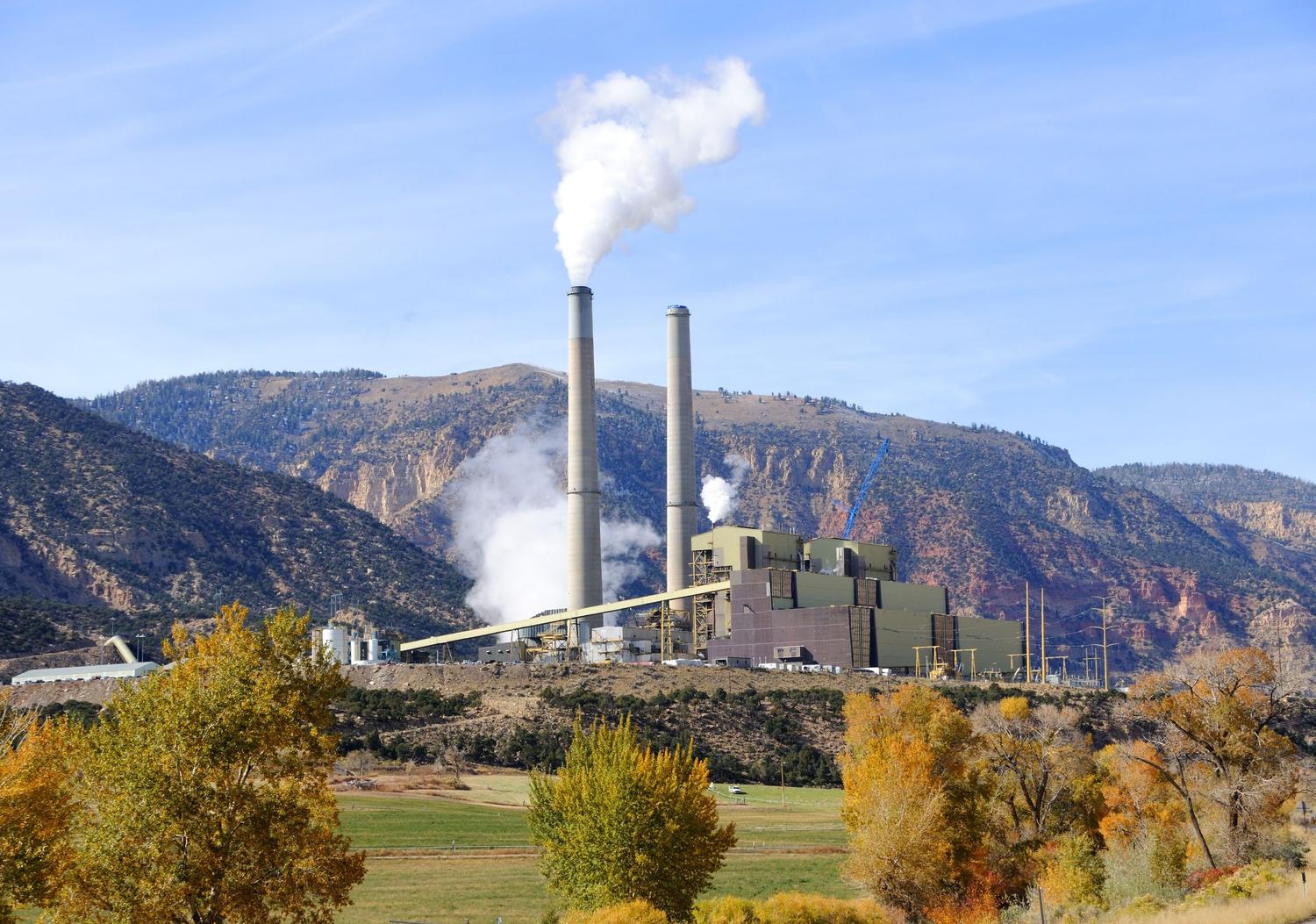The US electric utility industry has historically sought to achieve “four nines” (99.99%) reliability of service. One key to achieving very high system reliability has been maintaining an approximate 20% capacity reserve margin compared to peak system demand, which typically allowed peak demand to be met even in the event of failure of the utility’s largest single generator.
Achieving this goal is being complicated by the addition of intermittent renewable, non-dispatchable wind and solar generation capacity. Federal and state incentives and the lack of a requirement for dispatchability make the output of these generation sources the lowest cost alternative when available. Federal and state regulation require that their output be used when available. Their output displaces the output of conventional generation when it is available, but cannot replace conventional generation because it is not dispatchable and is subject to rapid and unpredictable fluctuations in output which must be supplemented by the conventional generators or, if available, by storage.
Periodic power outages resulting from severe weather, accidental damage to power poles and lines, and equipment failure have been normal events. However, as intermittent, non-dispatchable renewable generation proliferates, offsetting progressively greater portions of conventional generation output and increasing the cost per unit of the remaining output, conventional generators are being idled or even shutdown to control operating expense.
Conventional generators maintained at hot idle can be brought into service relatively rapidly in the event of a rapid decline in wind or solar output. However, natural gas combined-cycle generators which have been shut down require several hours to be returned to service and coal plants require several days. The utility might not retain the ability to respond to rapid and unpredictable reductions in wind and solar output as rapidly as the renewable output declines, resulting in the potential for grid failure.
The utility response to such situations is brownouts or rotating blackouts. The geographic extent and duration of these responses is a function of the magnitude and duration of the generation shortfall and/or of the demand spike and the time required for the utility to bring additional conventional generating capacity online.
This issue can be further aggravated by the permanent shutdown of conventional capacity due to age and condition, or to unacceptable operating economics resulting from market conditions or contractual provisions, or to government mandates. It becomes critical when the utility no longer has sufficient dispatchable capacity to replace the intermittent renewable capacity at the demand peak with the coincident failure of the utility’s largest capacity generator.
This situation prevailed over much of the US upper Midwest and East coast during winter storm Elliott, resulting in the implementation of rolling blackouts by numerous utilities in the regions. These rolling blackouts were certainly inconvenient, but were also dangerous due to the very cold temperatures and high winds, which combined to produce sub-zero windchill factors over much of the affected regions.
Hopefully, rolling blackouts will not become the “new normal” for electric utility service as the transition to renewable generation proceeds.
